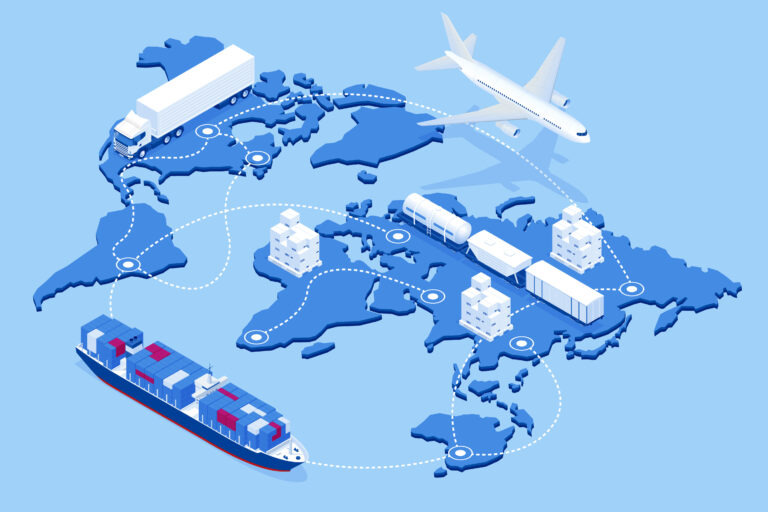World Events Continue to Increase Food Industry Challenges
The headlines say it all: “Wheat, soybeans hit fresh highs amid Russia-Ukraine conflict”; “Oil prices climb as Ukraine crisis deepens”; and potentially the worst for the food industry: “War in Ukraine will compound global supply chain problems.”
With the food supply chain still in disruption from the pandemic, the war in Ukraine will only further stress food production. Not only will overall shortages continue to be an issue, but commodities that are at the very heart of our foods are becoming more scarce and more expensive. Ukraine is the world’s largest producer and exporter of sunflower oil and seeds and is among the top four exporters of corn; Russia is the world’s largest exporter of wheat and fertilizer; and both are major suppliers of metals and other commodities.
With all being essential components of food production, the increased disruption is causing an unprecedented level of stress on what is already stressful for food industry. And, as if that were not enough of an issue for the industry to have to deal with, some large manufacturers are seeing a 45% employee turnover rate as a result of pandemic impacts, significantly increasing the training time and efforts required to get new workers up to speed.
One of the first things to become compromised with all the changes and challenges is food safety. With high levels of employee turnover, food safety culture and understanding of risks simply disappears as institutional knowledge leaves.
It will require a doubling down on your preventive controls to ensure the safety of the ingredients coming into your facility and the production of food going out. This may appear like a cost center but spending time checking on these systems may prevent a disaster.
Supply Chain Controls. Risk management is an ongoing need in ensuring the safety of your supply chain, thus the FSMA requirements for a supply chain program and foreign supplier verification. When out-of-the-ordinary disruptions occur – such as those of the pandemic or a foreign war – the risks increase, increasing the need for and importance of a comprehensive supply-chain risk management program.
Adding to the issues of supply chain risk is the increased potential of economically motivated adulteration (EMA). The value and availability of a product are key drivers of EMA, with the higher the value and the lower the availability increasing the risk. Thus, high-value products such as olive oil and honey have historically been primary targets for EMA, but the increasing value and scarcity of basic supplies such as wheat, soy, and corn can make them a mark for EMA as well. This can be as simple as a supplier cutting corners to save time or money, or it can be the deliberate dilution of a product with a less valuable or more available commodity to stretch it.
Facility Management. Dealing with supply shortages and price increases can cause a loss of focus on food safety within the facility as well, particularly if the business is also dealing with worker turnover or continued worker shortages. Whether worker shortages are filled through cross-training, temporary workers, or new hires, training becomes critical, to ensure both proper processing and food safety, as well as protect against mislabeling and other errors.
With supply shortages and prices likely also causing production changes as well as reformulations of some products, it is essential that all potential risks be considered and facilities guard against corner-cutting measures that could increase risk.
Unfortunately, we don’t see the stress decreasing anytime soon, expecting instead supply shortages and price increases continuing, with fall and winter likely to be especially difficult. It is at times like this that a thorough risk assessment of both your supply chain and your facility can be particularly beneficial. No doubt you have limited resources to focus on risk prevention but understanding exactly where those risks are and putting resources in the right place is a key part of the solution. If you’ve not recently reassessed your risk, give TAG a call. We can help.






